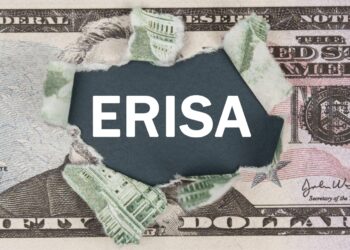Visit almost any assisted living facility and a helpful marketing director will refer you to someone who will help you qualify for VA benefits. This usually means someone selling annuities. The Veterans Administration provides a pension benefit, commonly known as the Aid and Attendance benefit, for veterans and surviving spouses who meet certain qualifications. FYI, surviving spouse means just that. A spouse of a living veteran does not receive any benefits, unless that spouse is also a qualified veteran.
The service qualification is 90 days of active duty, at least one of which was during a time of war. That means World War II and the Korean and Vietnam conflicts for most persons currently seeking assisted living benefits. For veterans of the Gulf Wars, the minimum required length of active duty is two years.
The veteran or spouse must also need assisted living and must have an income less than the cost of the assisted living facility. Given that the cost of most assisted living facilities averages $3,395 per month, most retirees seeking assisted living benefits have no problem meeting this requirement.
Where the person selling the annuities comes in, is asset qualification for benefits. Currently, a veteran or surviving spouse may have countable assets in an amount deemed reasonable under the circumstances. That guidance is a bit vague and susceptible to unfair application, so a proposed but un-enacted regulation has a countable asset limit of $119,220, including annual income. When and if, this regulation will ever be in place is unknown. Annuities convert countable assets into income, or even deferred income. Annuities can be helpful, but they come with a list of potential problems.
Qualified annuities have a fixed income. Costs of assisted living almost always rise as the level of care needed rises. If retirement income, annuity income and VA benefit income no longer equal the costs of living something important is going to have to give. That may mean cashing in the annuity at the cost of a hefty penalty and probable disqualification from VA benefits.
The average stay in assisted living nationwide is 22 months. After that around 59 percent of assisted living residents move into long-term care. Long-term care costs roughly twice as much as assisted living, meaning a rapid depletion of assets because income no longer meets needs. Beyond that, most VA qualified annuities do not meet Medicaid standards.
A VA annuity must be fixed, non-commutable (cannot be cashed in without a large penalty), and non-transferrable. They need not be immediate, nor need they be actuarially sound. Annuities that qualify as non-countable assets for Medicaid purposes must be fixed, non-transferrable, non-commutable, immediate, actuarially sound, and anything left over at the end of the annuitant’s life must be payable to the state providing the Medicaid benefits. What this generally means is that the annuities purchased for VA benefit qualification have to be cashed in and spent down to qualify for Medicaid benefits. There are times when a VA annuity can be assigned to the community spouse as part of a spend down, but it is rare.
Merely purchasing a VA qualified annuity is not sufficient to qualify for VA benefits. The application for benefits must also be completed and the process tends to be difficult. While there are Veterans Service Officers in every county whose job it is to help with VA benefit applications, their level of expertise varies, as does their dislike of annuities. Th is means many annuity sellers refer their customers to an attorney who will draft a VA trust for them to “really protect them.” VA trusts rarely qualify as a non-countable asset for Medicaid purposes.
There are several technical reasons why a VA trust probably will not work with Medicaid benefits. The chief reason is that VA trusts are usually in place for less than five years and therefore the transfer into the trust is a penalty creating transfer. Transfers made within five years of a Medicaid application create a penalty period during which Medicaid will not pay for care. The length of the penalty is the amount transferred divided by the average monthly Medicaid long term care benefit, less monies spent for care of the applicant. As a result, many VA trusts have to be dismantled to avoid months, or even years, of penalties.
For you the attorney, advising clients on the advisability of annuities and VA trusts to help with assisted living costs remembering the 22-month average stay in assisted living is crucial. Navigating through the issues requires a thorough knowledge of VA and Medicaid benefit law and regulation as well as a clear understanding of trust law and the taxation of trust income. This is not a time for casual advice or guesswork. Karl Warden









